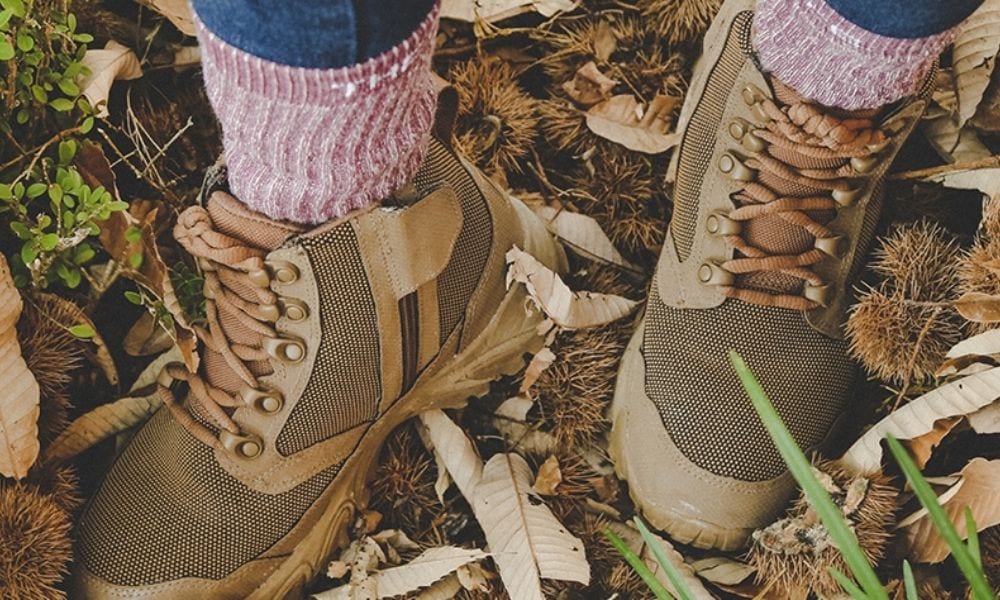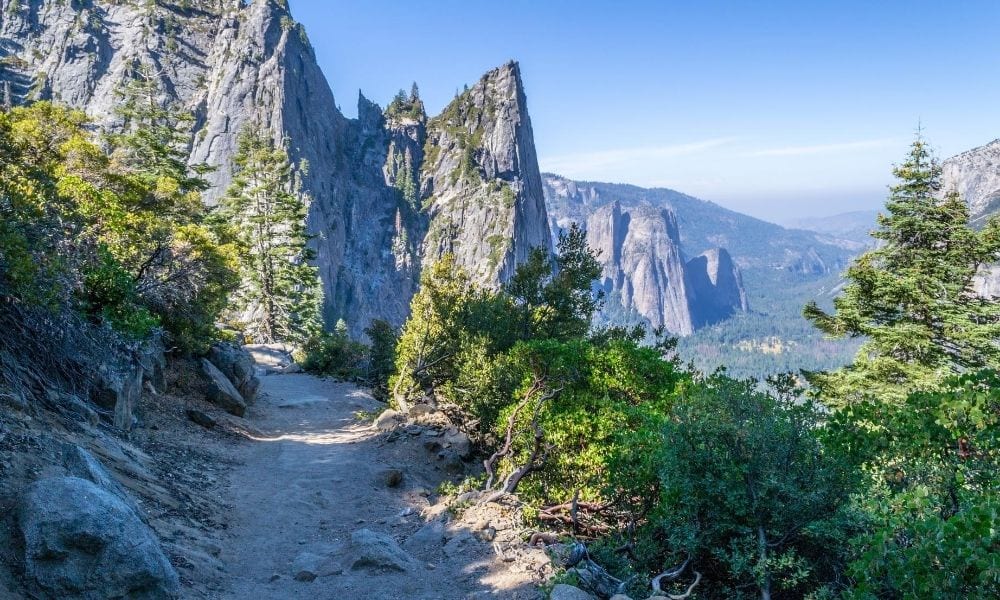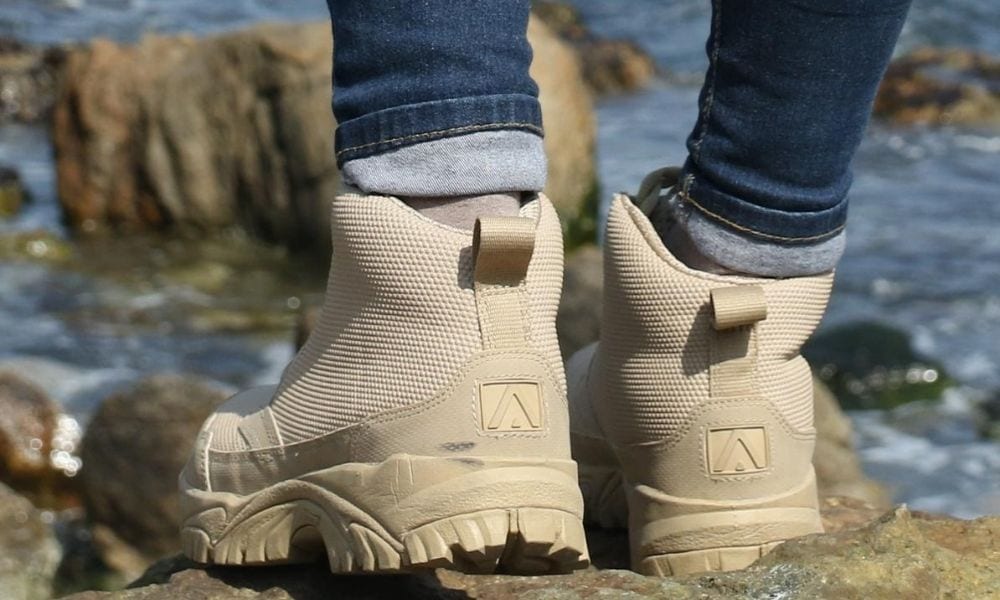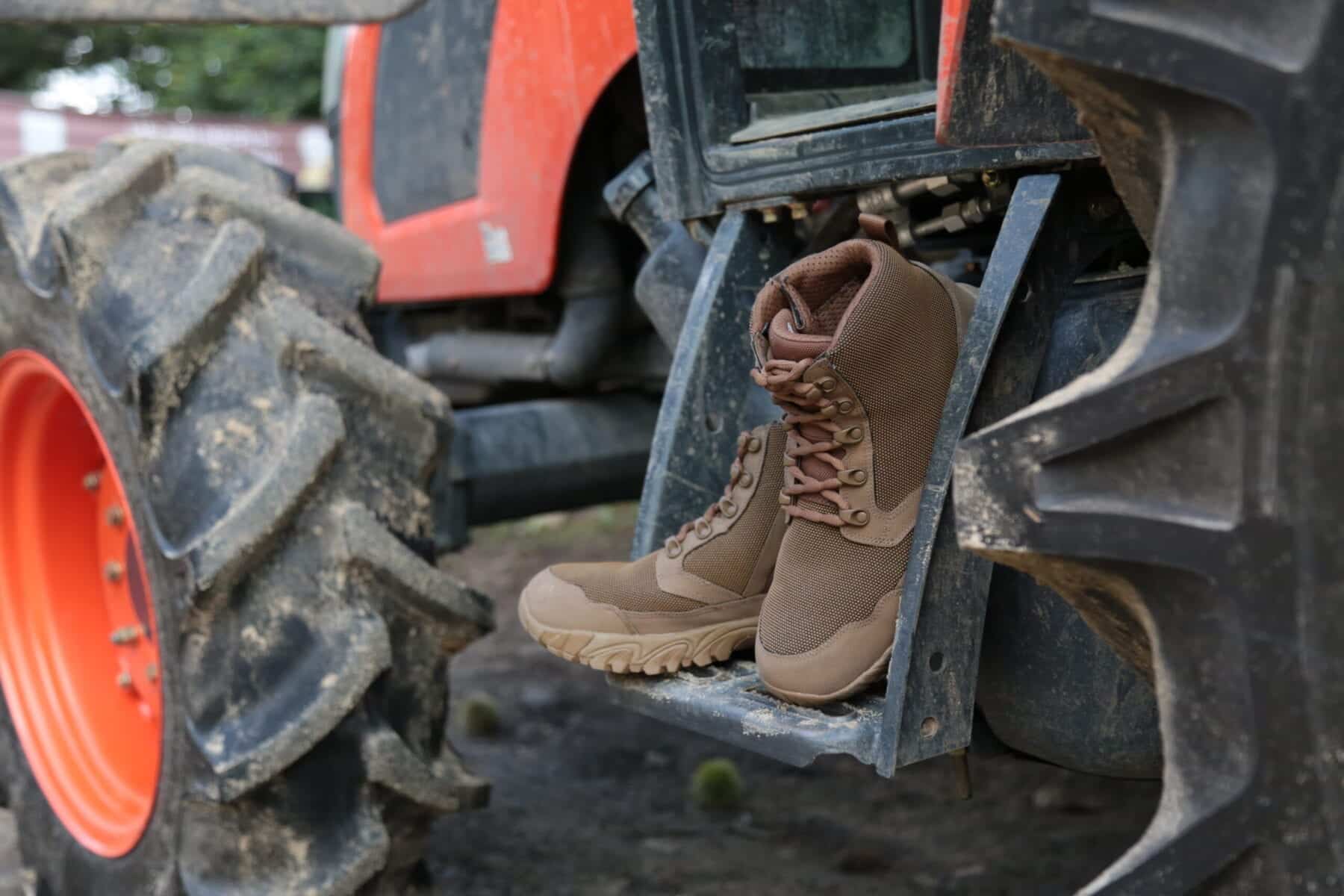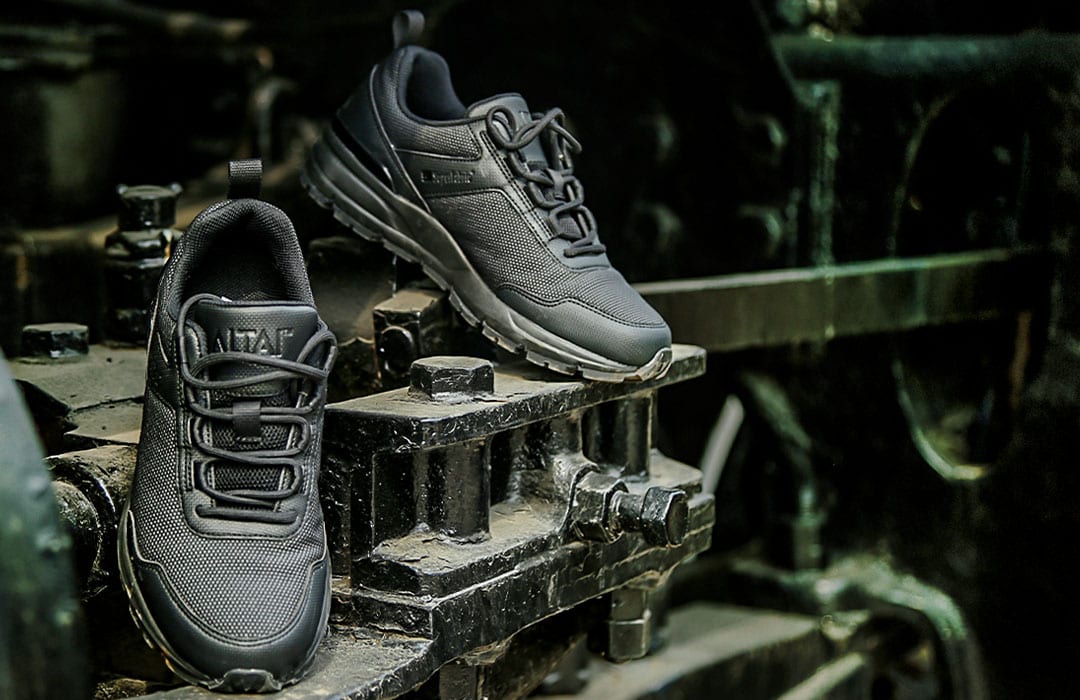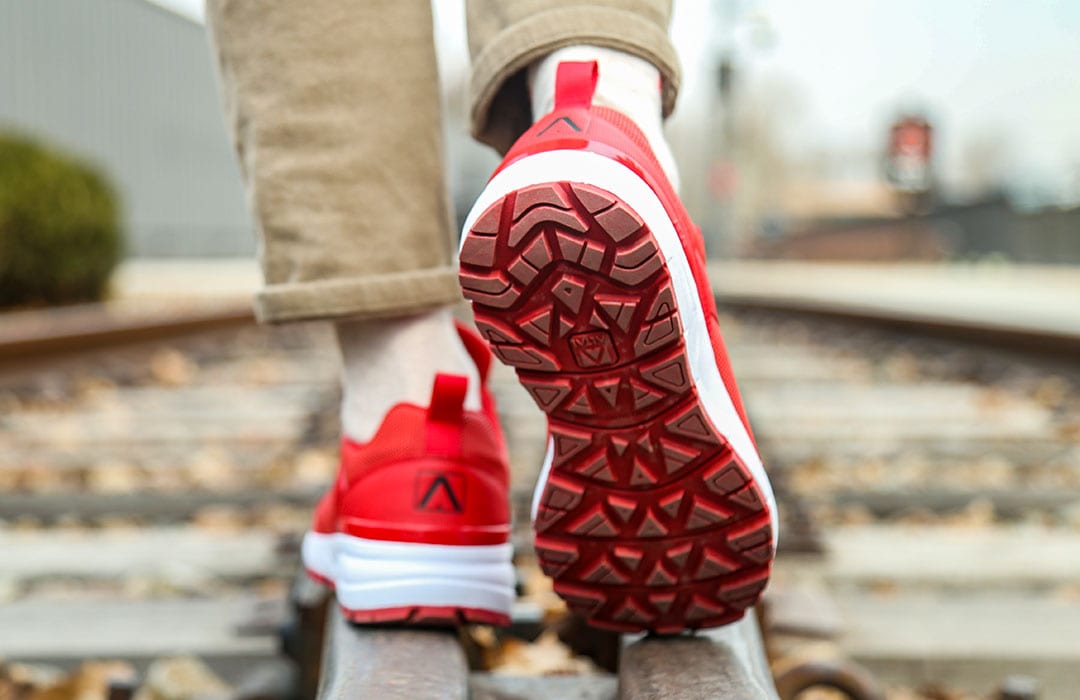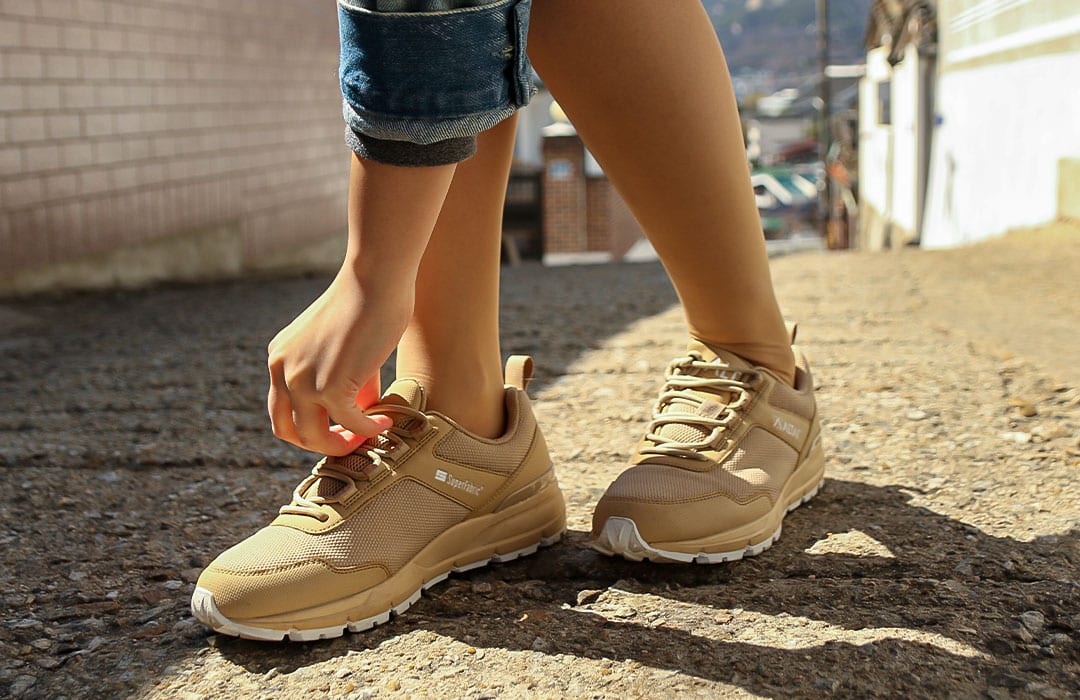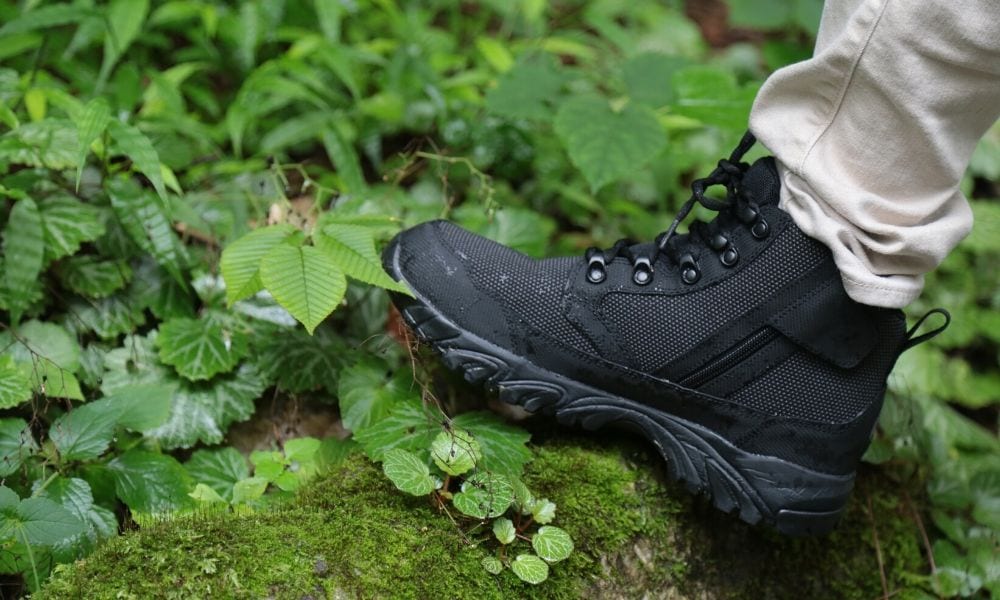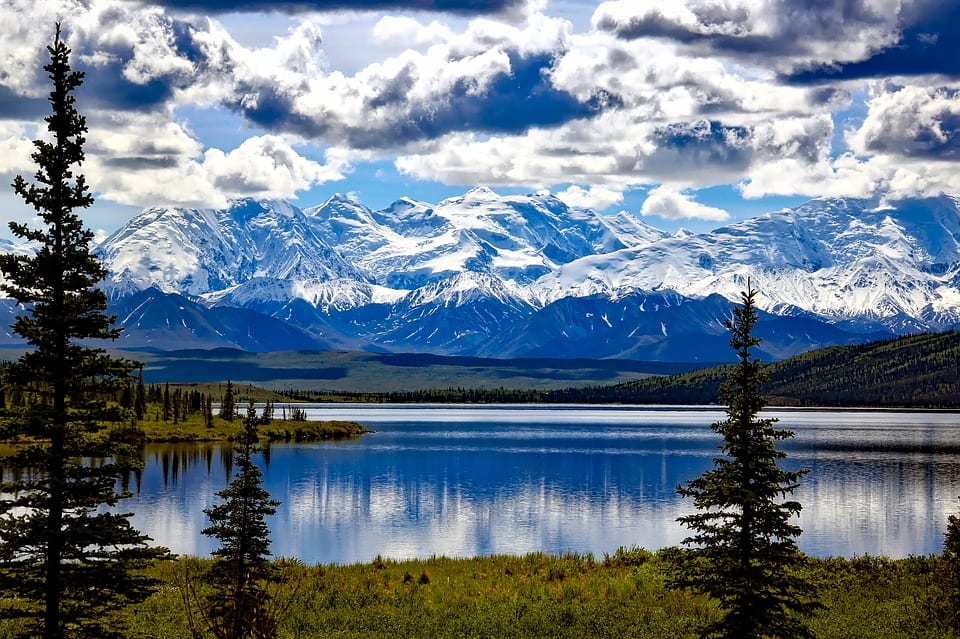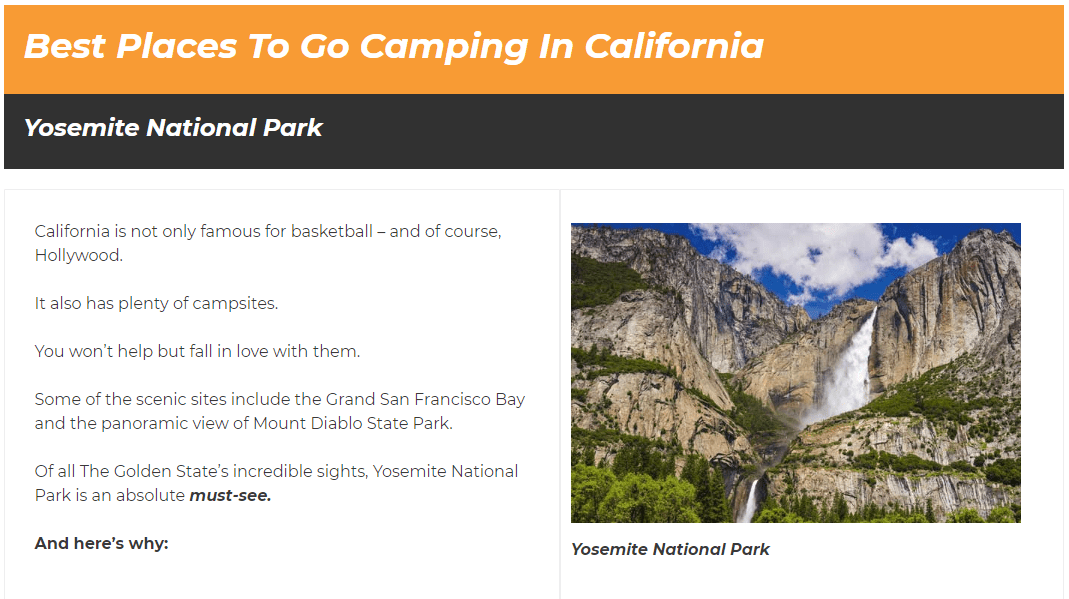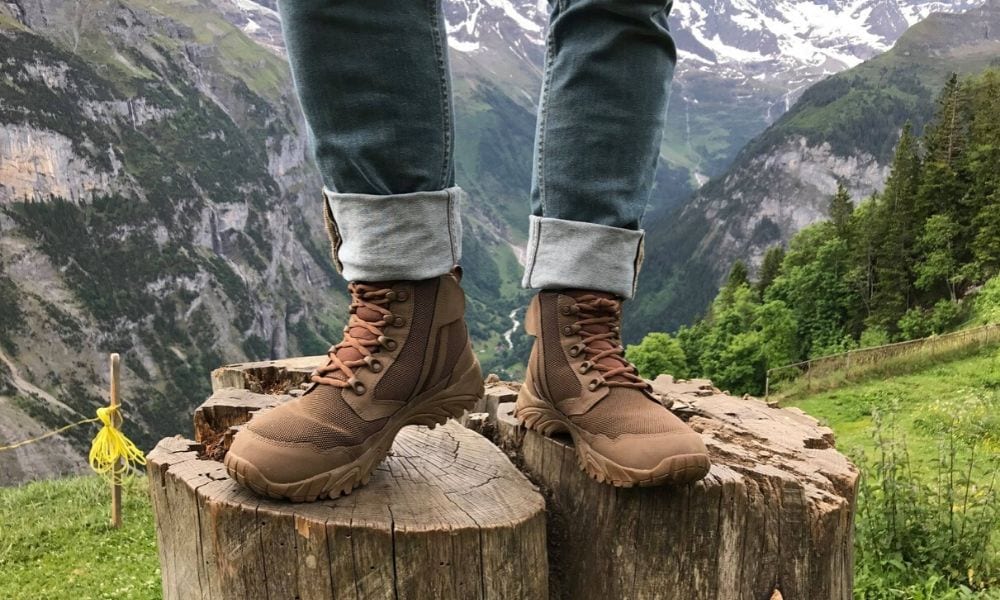How To Clean Hiking boots or shoes
By James Eastwood from Venchas.com
Your hiking gear requires a lot of care. This is one way of extending its lifespan, and it applies to your hiking boots. They require as much care and maintenance as any other shoe you own, if not more.
Why Hiking boots Require Cleaning?
Some people rarely wash their regular shoes. As such, they do not understand why their hiking boots need cleaning in the first place. You have two reasons that should compel you to keep your hiking boots clean at all times:
1). Hygiene
This goes without saying. Feet sweat. This happens every day. Because hiking is so strenuous, your feet tend to sweat more than normal. if you don’t clean your shoes, the accumulation of sweat on the inside will produce a terrible smell. If you refuse to wash the shoes even after noting the bad odor, you might eventually develop ailments like athlete’s foot.
2). Safety
This isn’t just a hygiene issue. Your hiking boots depend on the grooves on the bottom to provide the grip you need to traverse difficult terrain. Whenever you use them, the shoes gather dirt and debris in the grooves. if you allow that dirt to accumulate, it will eventually compromise the grip of your shoes, making you more likely to slip.
How to Clean Hiking boots?
When it comes to cleaning hiking boots, you have two options to choose from:
1). Hand Washing
Most people are encouraged to wash their hiking boots by hand. This is the safest option because you are less likely to ruin the material. Fortunately, the process is straightforward. All you need is a bucket, detergent (mild), a soft brush, and some water (lukewarm).
a). Use the bucket to collect some water. As was noted above, the water should be lukewarm. This temperature will make the washing process easier by loosening the dirt in the grooves. Coldwater isn’t as effective. Hot water will ruin the rubber components of the shoes.
The same goes for the harsh chemicals found in harsh detergents. They will also ruin the laces and the padding. Mild detergent is safer. Add a small amount to the bucket.
b). Get your brush and scrub the shoe. Because this is a soft brush, you can afford to scrub the entire body of the shoe. The sole is the most important because you have to ensure that you dislodge all the dirt.
Some shoes have stains on the exterior that require additional attention. Though, you shouldn’t scrub s0 thoroughly that you strip the material away.
If you keep struggling to clean the sole, dip it in the water from time to time to loosen the debris. Better yet, dip the entire shoe. You need the soapy water to eliminate all the dirt and germs inside and outside. hiking boots are tougher than regular shoes. They can survive submersion in soapy water.
c). Once you are satisfied with your work outside, turn your attention to the interior. Get a small brush. A toothbrush will do if you don’t have any superior options on hand. Scrub every surface you can reach. Pour some water inside and swish it around.
d). If you are satisfied with your work, rinse the shoe. You can use the same bucket. Replace the soapy water with clean water and submerge the shoes. Swish them around inside the bucket to eliminate as much dirt and soap as possible.
If the water is dirty and soapy, drain it, get more water, and submerge the shoes once more. Keep doing this until the water remains clear.
e). Once the shoes are clean, don’t be so quick to place them out in the sun. You have to shake all the excess water out. Some people wipe their shoes with a clean towel afterward to remove even more water. Then they place the shoes in direct sunlight. You must allow the shoes to dry completely before you wear them.

2). Machine Washing
Machine washing sounds dangerous, and it is. You should only use this method if your shoes are made from synthetic materials. Leather won’t survive.
The process is straightforward. You simply place the shoes in the washing machine. Then you run the wash cycle. Keep the machine on a gentle cycle. Additionally, you should use a mild detergent. Drying should be done by hand. Don’t use a dryer. It will ruin the shoe.
How to Keep Your Hiking boots Clean?
A lot of people fail to maintain the hygiene of their hiking boots because they simply hate washing shoes. This is an understandable attitude. Shoes are not easy to wash. And if they are really dirty, they can make a mess of things.
Fortunately, it isn’t always necessary to wash your hiking boots. Yes, you must clean them at some point. However, you can reduce the frequency with which you wash them by using the following methods to keep them clean:
1). Feet
Your feet are responsible for the sweat and dirt that typically accumulates inside a hiking shoe. Therefore, the easiest way to keep your shoes clean is to wash your feet. If your feet are clean and dry, the hiking boots will take longer to develop a bad order.
It is also important to wear socks. The fabric will insulate the shoes from your feet, protecting them from any bacteria your feet are carrying. Socks absorb moisture, so they will help with the sweat, keeping the interior of your shoes dry for longer periods and preventing fungal infections from taking root.
2). Storage
Don’t keep your shoes in dark, damp, tight locations. This will attract bacteria, especially if the shoes are already damp from your sweat. Store them in dry and open spaces.
3). Use
Don’t wear your shoes if you don’t have to. That is to say, people wear hiking boots when they are hiking. If you’re not hiking, take the shoes off. Let them air out to prevent the accumulation of moisture and the manifestation of bad smells.
4). Air Freshener
You can keep your shoes from smelling by spraying them with air freshener. Deodorizing powders are even more effective. But you should only use powders that won’t antagonize your skin.
Ultimately, you can’t avoid washing your hiking boots. The steps above can only stall the inevitable. And while it takes effort, the process of cleaning hiking boots is quite straightforward. If you know what you’re doing, it won’t take long.
While you’re here, why not check out this helpful article from our friends over at the Venchas camping blog, it really helped one of our staffers raise their mattress off the floor while they were moving houses so that they could enjoy an comfortable night sleep.
